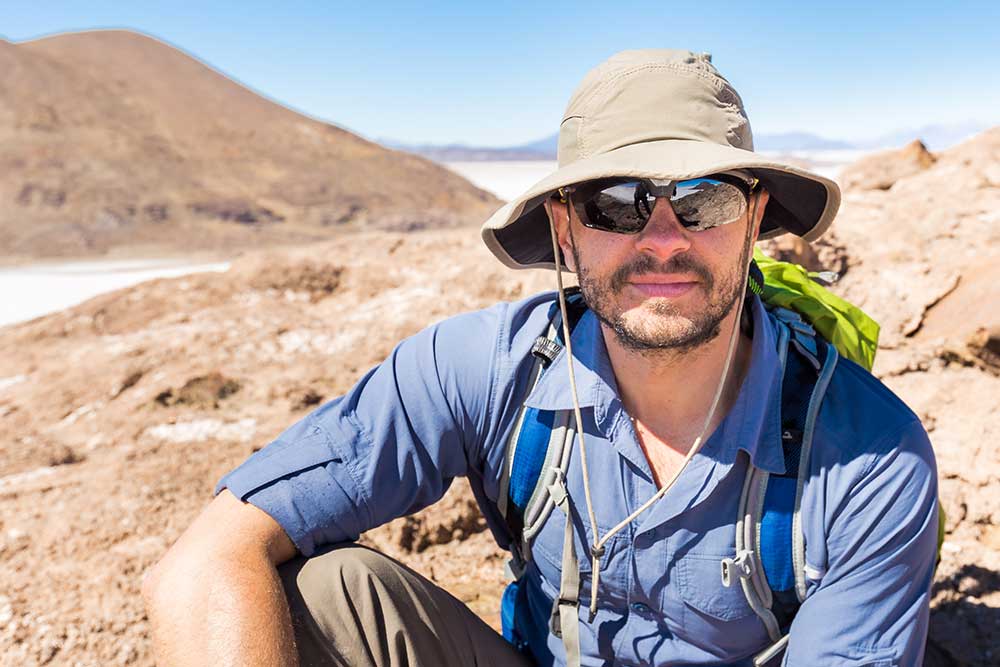All Categories
Featured
Table of Contents
Geophysical Methods in Mount Lawley Australia 2021

(PREM)., and the boundaries between layers of the mantle are constant with phase shifts.

This makes plate tectonics possible. Schematic of Earth's magnetosphere. The solar wind flows from left to right. If a world's magnetic field is strong enough, its interaction with the solar wind forms a magnetosphere. Early space probes drawn up the gross measurements of the Earth's magnetic field, which extends about 10 Earth radii towards the Sun.
Inside the magnetosphere, there are fairly dense areas of solar wind particles called the Van Allen radiation belts. Geophysical measurements are generally at a specific time and location.
Geophysical Survey And Remote Sensing Techniques in Mount Pleasant Oz 2020
, integrates astronomical collaborates and the regional gravity vector to get geodetic collaborates. This technique only supplies the position in two collaborates and is more difficult to use than GPS.
Relative positions of 2 or more points can be figured out utilizing very-long-baseline interferometry. Gravity measurements entered into geodesy due to the fact that they were needed to associated measurements at the surface of the Earth to the referral coordinate system. Gravity measurements on land can be made using gravimeters deployed either on the surface area or in helicopter flyovers.
Sea level can also be measured by satellites using radar altimetry, contributing to a more precise geoid. In 2002, NASA introduced the Gravity Healing and Environment Experiment (GRACE), where 2 twin satellites map variations in Earth's gravity field by making measurements of the range between the two satellites using GPS and a microwave varying system. , which are studied through geophysics and space physics.
Geophysics in Como Australia 2021

Considering that geophysics is worried with the shape of the Earth, and by extension the mapping of features around and in the world, geophysical measurements include high precision GPS measurements. When the geophysical measurements have actually been processed and inverted, the interpreted results are plotted utilizing GIS.
Lots of geophysics companies have designed in-house geophysics programs that pre-date Arc, GIS and Geo, Soft in order to meet the visualization requirements of a geophysical dataset. Expedition geophysics is applied geophysics that frequently utilizes remote picking up platforms such as; satellites, aircraft, ships, boats, rovers, drones, borehole picking up devices, and seismic receivers.
Aeromagnetic information (aircraft gathered magnetic information) collected using traditional fixed-wing aircraft platforms need to be corrected for electromagnetic eddy currents that are created as the aircraft moves through Earth's electromagnetic field. There are also corrections related to changes in determined potential field strength as the Earth turns, as the Earth orbits the Sun, and as the moon orbits the Earth.
Geophysicist Jobs in Mundaring Aus 2022
Signal processing involves the correction of time-series information for unwanted sound or mistakes introduced by the measurement platform, such as airplane vibrations in gravity information. It likewise involves the reduction of sources of sound, such as diurnal corrections in magnetic data. In seismic information, electro-magnetic data, and gravity information, processing continues after error corrections to consist of computational geophysics which lead to the final analysis of the geophysical information into a geological analysis of the geophysical measurements Geophysics emerged as a different discipline just in the 19th century, from the intersection of physical geography, geology, astronomy, meteorology, and physics.
The magnetic compass existed in China back as far as the 4th century BC. It was not up until excellent steel needles could be forged that compasses were utilized for navigation at sea; before that, they might not keep their magnetism long enough to be helpful.
By looking at which of 8 toads had the ball, one might figure out the instructions of the earthquake.'s (1600 ), a report of a series of meticulous experiments in magnetism.
What Does A Geoscientist Do? in Winthrop Oz 2021
In 1687 Isaac Newton released his, which not just laid the structures for classical mechanics and gravitation Also described a range of geophysical phenomena such as the tides and the precession of the equinox. The first seismometer, an instrument efficient in keeping a constant record of seismic activity, was built by James Forbes in 1844. Geochemistry, Geophysics, Geosystems. National Aeronautics and Area Administration. Obtained 13 November 2018.
Runcorn, S.K, (editor-in-chief), 1967, International dictionary of geophysics:. Pergamon, Oxford, 2 volumes, 1,728 pp., 730 fig Geophysics, 1970, Encyclopaedia Britannica, Vol. Intro to seismology (Second ed.).
Latest Posts
Geophysical Survey in Jandakot Australia 2020
Geophysics Definition & Meaning in Roleystone Oz 2021
Geophysical Survey - Explore The Seafloor in Kinross WA 2021